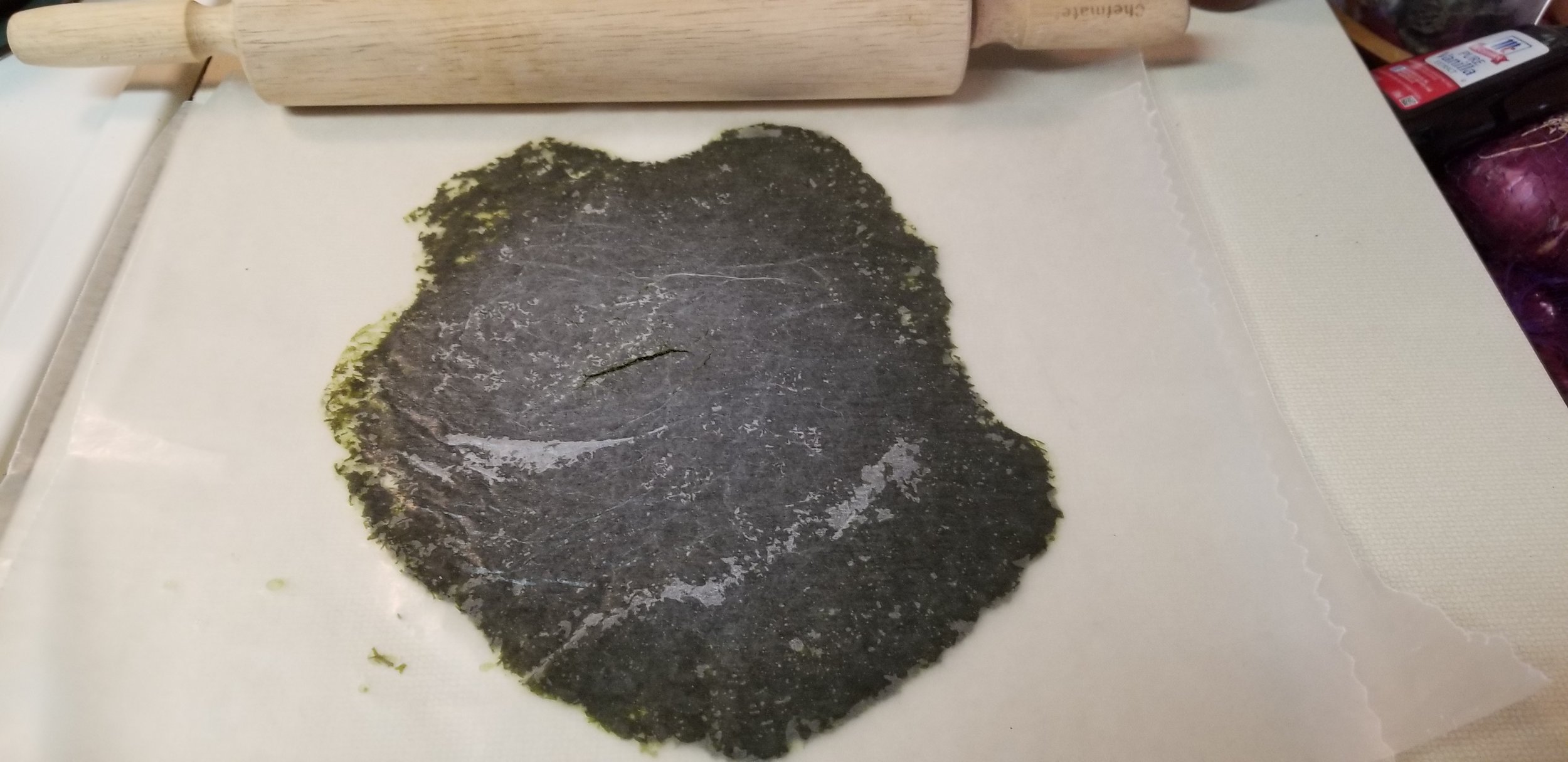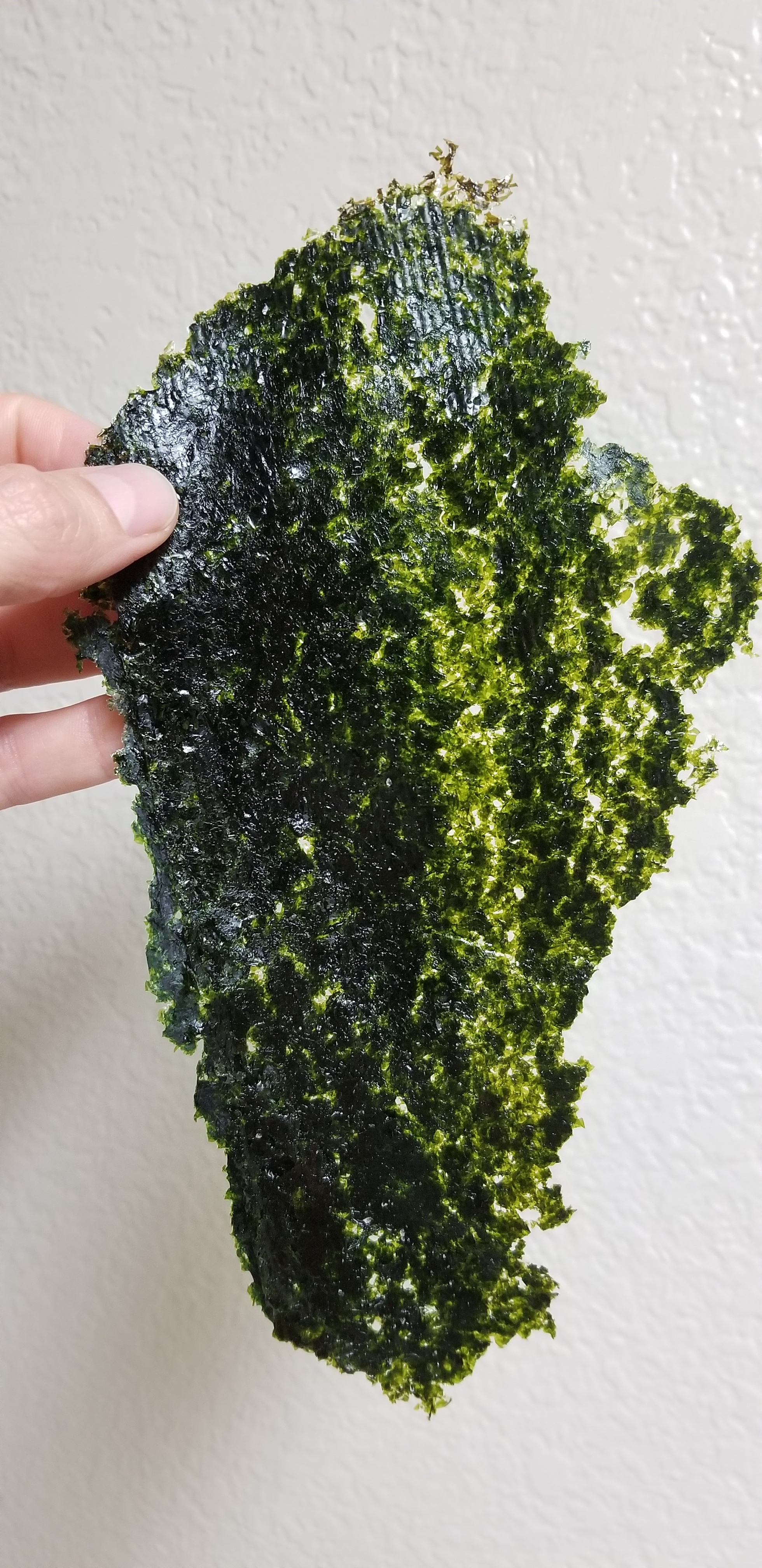What marks the holidays better than cooking delicious treats at home with the family? Looking for a fun easy snack for your next home movie night, look no further. We recently tested combining dulse seaweed with homemade popcorn and it was amazing!
Dulse has been called the bacon of the sea because of its savory and salty flavor, especially once cooked and/or fried. Homemade popcorn is the perfect opportunity to capitalize on this flavor without any specialized fry equipment. You will find that the dulse and oil alone are enough to add a strong savory flavor to the popcorn, and no it won’t taste fishy. However, if you want to add more traditional flavors (salt and butter) you won’t need to add much.
You can order dulse straight from the farm to your door here
Ingredients
2 tablespoons of oil
1/3 cup popcorn kernels
1-2 oz of dulse
Directions (for 1/3 cup uncooked popcorn)
Heat oil in a large pot on medium heat. We used Thrive algae oil. This oil is high in omega 3s and has a relatively high smoke point.
Rinse dulse under cold fresh water and pat dry with towels.
Place a few (2-3) popcorn kernels in the pot. Once they pop, the oil is to the correct temperature. Remove the popped corn and remove the pot from the heat.
Add in the kernels and dulse. Have a lid ready and cover after adding the dulse. The moisture in the dulse will cause splatter so make sure to cover right away.
Let the kernels and dulse sit for 1 minute off the heat then place the pot back onto the heat.
After the popcorn stops popping remove from heat and transfer to a serving bowl. Mix up the fried dulse and popcorn and give it a try. If you find you want more flavor…proceed to step 7.
Add some butter and extra seasoning (garlic, salt, pepper) to the heated pot and let melt. Then drizzle on the popcorn and mix together.
Enjoy!
Thrive algae oil
Pot with test kernels and dulse







